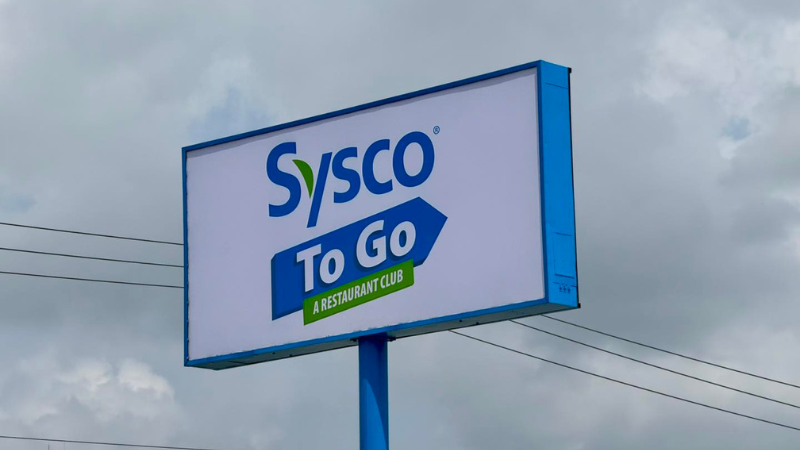
Sysco is giving the cash-and-carry business a try.
The distribution giant told financial analysts Tuesday morning that it intends to open two Sysco-to-Go outlets in its home city of Houston as a test. Access to the club-style stores will apparently be limited to the trade.
The outlets will be supported by Sysco warehouses in their areas, eliminating the need to blaze a new supply chain, said CEO Kevin Hourican.
He stressed that “this is a two-store pilot,” not a definite move into the channel.
In announcing the move, Hourican noted that the cash-and-carry business is the fastest-growing sector of the wholesale foodservice market. Yet, he said, Sysco does not have a presence in that arena and does not currently serve many of the food-away-from-home operations that typically rely on cash-and-carry outlets.
Those buyers tend to be lower-volume operations that get re-upped with relatively small product purchases.
The test comes as Sysco arch-rival US Foods is looking to sell its Chef’store cash-and-carry chain. The broadline distributor announced last June that it would spin off the retail operation to concentrate on its core operations. At the time, the chain consisted of 90 stores, with five more under development.
Sysco’s announcement came as the company revealed what it acknowledged were disappointing financial results for the first quarter ended March 29. The volume of cases shipped domestically to foodservice customers fell 2% for the period, holding the increase in global sales to 1.1%.
Net income fell 5.6%, to $401 million. Worldwide sales for the three-month period totaled $19.6 billion
Management attributed the domestic decreases to a combination of the wildfires in southern California, bad weather across much of the nation, and a lack of consumer confidence in the overall U.S. economy.
That uncertainty was stoked by the buzz over President Donald Trump’s back-and-forth on tariffs. Concern about the economic impact prompted consumers to curtail their restaurant visits, leading to smaller orders from that sector of the food-away-from-home market.
The drop-off was evident among both independent restaurants, or what Sysco calls its local business, and chain outlets. But demand remained strong within the so-called non-commercial sector, particularly business-and-industry, education, and healthcare foodservice operations.
Hourican said the major threat of the tariffs from Sysco’s standpoint is the impact on consumer confidence, not any concern about getting supplies.
“Sysco purchases greater than 90% of our products within each country where we operate,” said the CEO. “As a result, our tariff exposure is much less than most industries.”
Nevertheless, he said, “we will be appropriately cautious in our outlook.”
As Managing Editor for IFMA The Food Away from Home Association, Romeo is responsible for generating the group's news and feature content. He brings more than 40 years of experience in covering restaurants to the position.